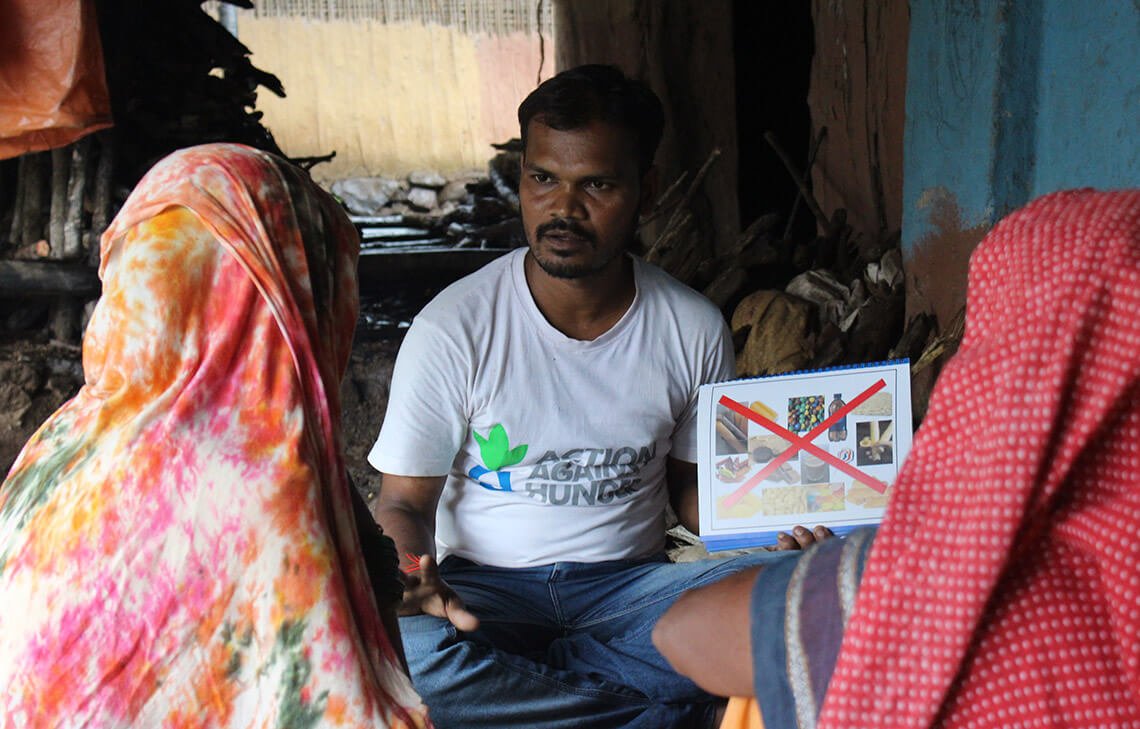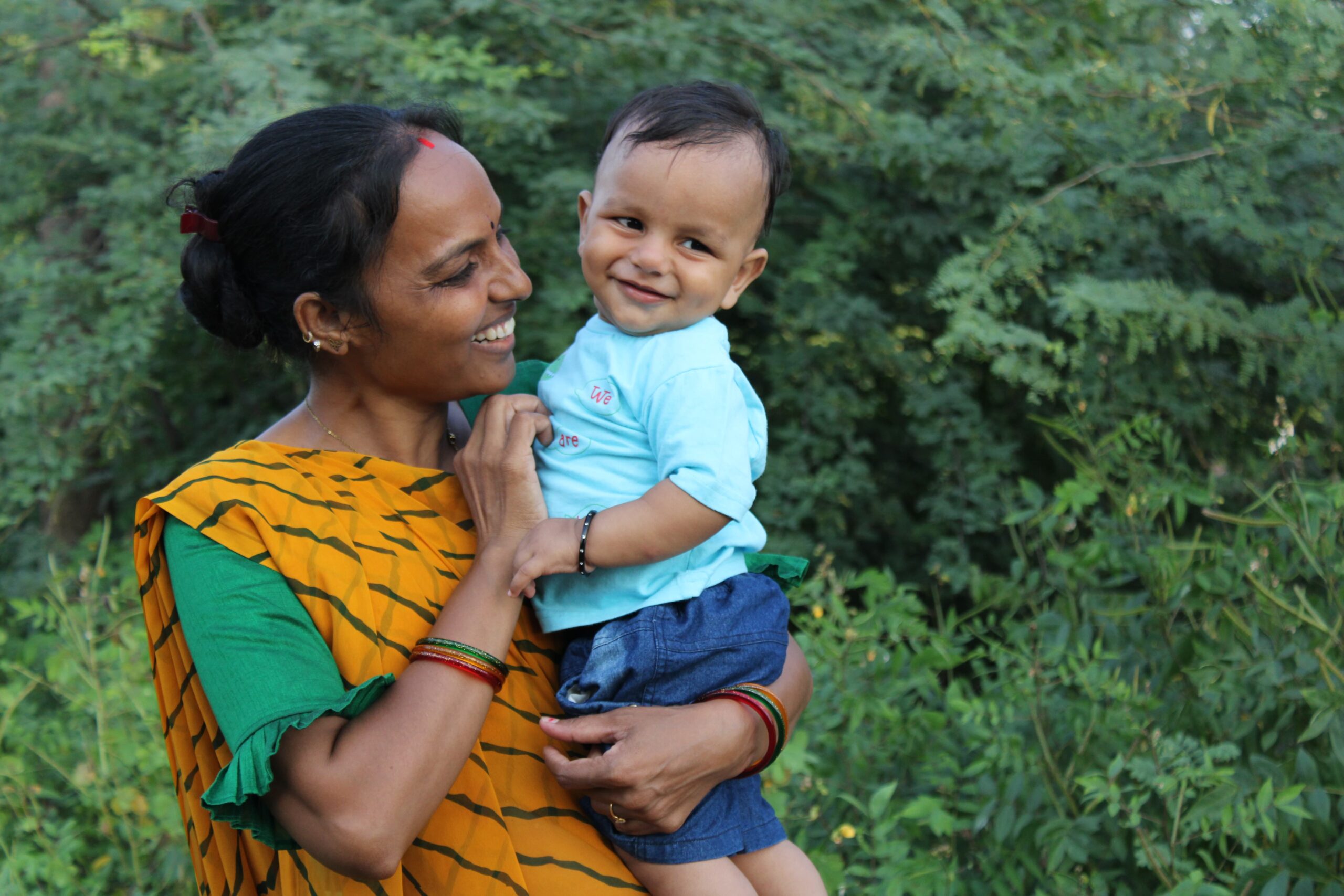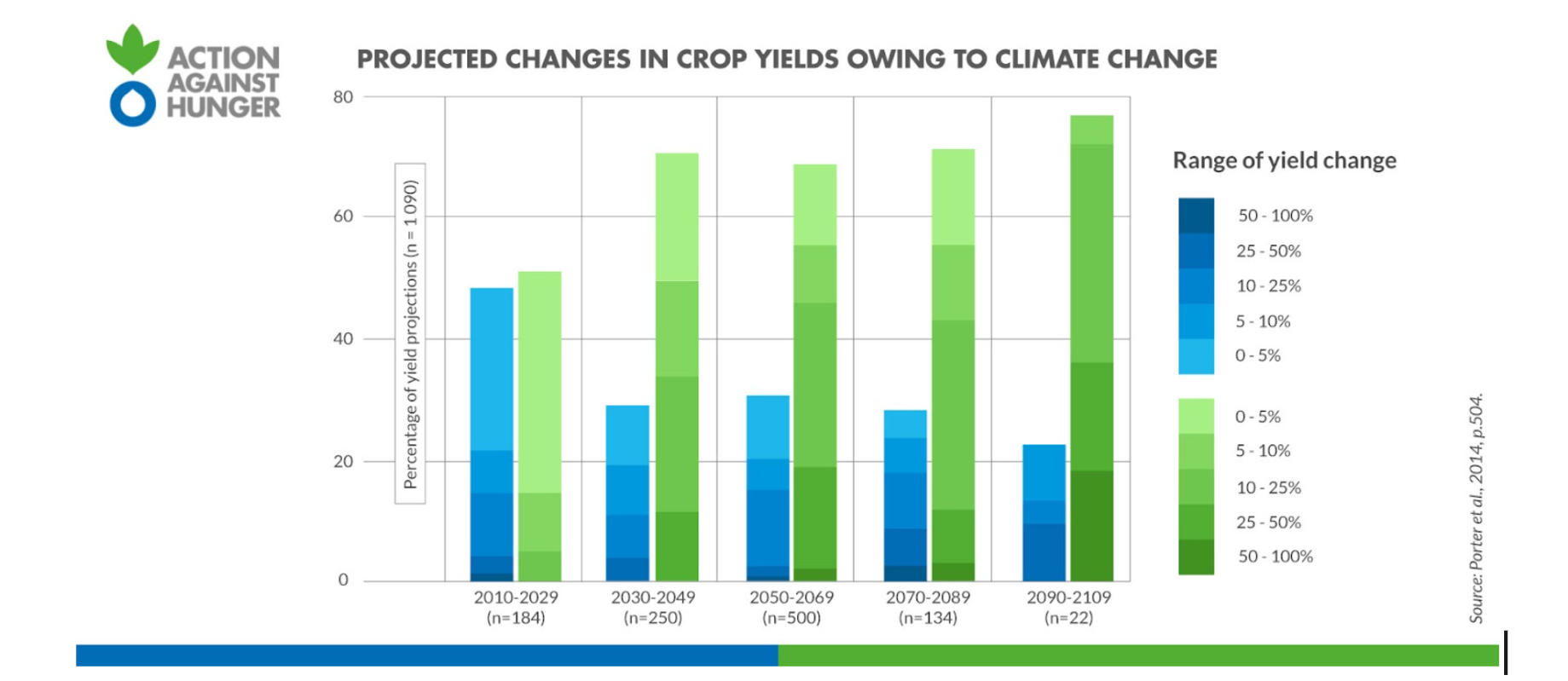Climate Change: Its impact on Food and Nutrition security, Mitigation strategies for coming decades
Comprehending Climate change
Climate change refers to long-term fluctuations in temperature and weather patterns. Variations in the solar cycle are generally responsible for such fluctuations. But, since the 1800s human activities such as burning of fossil fuels and coal have been the drivers for such changes. (1)
When fossil fuels are burned, it causes combustion which increases the heat and light leading to rise in the temperature of the earth, also known as Greenhouse effect. For Eg: Deforestation is one of the major reasons for increased emission of Carbon-Dioxide, Garbage landfills are primary source for methane emissions and if we look around the waste production has tremendously increased over the years. Also, Industrialization, fuel-based transportation and rampant construction are other major contributors for increased greenhouse gas emissions.

Alarming Numbers
Greenhouse gas concentrations are at their highest levels in 2 million years. Emissions are continuing to rise. As a result, the Earth is presently around 1.1 degrees Celsius warmer than it was in the late 1800s. The most recent decade (2011-2020) has been the warmest on record.
It is perceived that climate change mainly entails higher temperatures. However, the temperature rise is merely the beginning of the narrative. As everything is interconnected in the ecosystem. Thus, shifts in one aspect will equally impact others. Research has shown that, If the global average surface temperatures rise between 1.5-2 degrees, then world’s wealthiest countries will experience fewer changes in their local climate as well as crop yields due to well-built information systems in place whereas low income or less developed countries will suffer more in terms of food security and food safety due to climate change and lesser resilient crop infrastructure.
Recently released “Vulnerability assessment report” by Indian Council of Agricultural Research, ICAR reveals that out of 573 rural districts (excluding Andaman and Nicobar Islands) 109 districts are very high-risk districts and 201 districts are risk districts. Considering the current situation of climate change in India integrated modeling simulation studies indicated that by 2049 the mean temperature of these districts will increase by a minimum of 1.3 degrees. For a tropical country like India, Rise in temperature may affect the various crop yields affecting the production and consumption pattern of food across the year.
The Consequences of Climate Change on Food and Nutrition security
One hand increase in CO2 concentrations are good for crop growth but on the contrary CO2 emissions are resulting in frequent climatic fluctuations like intense heat, severe weather and droughts which are huge threat to In-demand crops like wheat and maize. (2)
According to some projections, in the absence of successful adaptation, worldwide yields could fall by up to 30% by 2050.
Countries already dealing with violence, pollution, deforestation, and other issues are likely to bear the brunt of these consequences. The 2 billion people who already lack adequate food, particularly smallholder farmers and other individuals living in poverty, will be struck the hardest. Despite decades of global commitment, hunger and food insecurity continue at alarming rates.
According to the State of Food Security and Nutrition in the World report, approximately 750 million people experienced extreme food insecurity in 2019.
The number of undernourished people or food insecurity is increasing, with climate shocks playing a significant role. Climate change will raise food prices, reduce food supply, and promote instability and conflict due to competition for water and arable land unless immediate action is taken.
As per a recent report by Children’s Climate Risk Index (CCRI) “Climate crisis is a child crisis”. With an estimated 850 million children 1-3 worldwide are living in areas where environmental and climatic shocks overlap. Children will suffer more than adults and they require more food and water per unit body weight and have less resilience to hold up against extreme and harsh weather events. Also, Children are more susceptible to toxic chemicals, temperature changes and diseases. (3)
In the last three decades India has witnessed rise in mean temperature and increased frequency of extreme rainfall. According to estimation by National Innovations in climate resilient agriculture rainfed rice yields in India are projected to reduce marginally by <2.5% between 2050-2080, irrigated rice yields by 7%. Further, wheat yield is projected to reduce by 6-25% in 2100 and maize yields by 18-23%. It is predicted that future climatic shifts may benefit chickpea production by 54%. These figures clearly indicate the need for mitigation strategies for food and nutrition sustainability.
On the Brightside – Policy Making, Ecosystem strengthening and Advocacy
In 2021 Secretary-General of UN António Guterres organized the Food Systems Summit to inspire renewed global commitment to resilient and sustainable food systems. The summit convened governments, civil society, and the private sector to generate innovative ideas, build new partnerships, and deliver ambitious cross-sectoral actions to transform food systems to meet the Sustainable Development Goals (SDGs) and Paris Agreement emission reduction targets.
Many climate change solutions have the potential to provide economic benefits while also enhancing our lives and safeguarding the environment. Global frameworks and agreements, such as the Sustainable Development Goals, the UN Framework Convention on Climate Change, and the Paris Agreement, are also in place to steer progress. There are three basic types of action: reducing emissions, adapting to climate impacts, and financing necessary adjustments.
Switching from fossil fuels to renewables like solar and wind will lower the emissions causing climate change. But we must begin immediately. While a growing coalition of countries has committed to net zero emissions by 2050, around half of the emissions reduction must be implemented by 2030 to keep global warming below 1.5°C. Between 2020 and 2030, fossil fuel production must drop by about 6% yearly. (6)
India’s Approach towards Climate change: Mitigation strategies and preparedness
Placing climate change at the center of its environmental policy, India made bold vows in 2021, with Hon. Prime Minister Narendra Modi declaring at the critical international climate summit COP 26 that India is the only country delivering on the Paris Agreement commitments in “letter and spirit”. From vowing to become a net carbon emitter by 2070 to generating 500 gigatons of non-fossil energy capacity by 2030, India led from the front on environmental problems this year, capturing the attention of people worldwide.
To meet the challenges of sustaining domestic food production in the face of changing climate, The Indian council of agricultural research (ICAR) under ministry of agriculture and farmers welfare, has launched a flagship network project aims to study the impact of climate change on agriculture including crops, livestock ,horticulture and fisheries and to develop and promote climate resilient technologies in agriculture which will address vulnerable areas of the country and the output of the projects will help the districts and regions prone to climatic hazards. ICAR has developed resilient varieties in different crops tolerant to climatic stresses to improve the food grain production in the face of changing climate. Out of 2122, 1752 varieties are climatic stress resilient. Based on vulnerability assessment, climate resilient technologies are being demonstrated on farmer’s fields covering 446 villages. Agromet advisories are reaching the farmers through m-Kisan portal, whatsapp groups and SMS services etc. To deal with climate change, the government of India is implementing a National action plan on climate change which aims to evolve and implement strategies to make Indian agriculture more resilient to the changing climate and to sustain increase in production. Per drop more crop schemes are being implemented to increase the irrigation area. Similarly, the Rainfed Area Development (RAD) scheme is being implemented to promote sustainable integrated farming systems. With the help of technological interventions GOI is preparing effectively to increase the crop produce and decrease the crop loss. (5)
How Action Against Hunger is making efforts to deal with climate crisis
Our primary goal as the world’s hunger specialist is to find a better solution to cope with hunger. For more than 40 years, we have led the global fight to end life-threatening hunger once and for all. In more than 45 countries, our professionals have been on the front lines, treating and preventing malnutrition.
We save children and their families’ lives. We are there for them both before and after a crisis occurs. We make it possible for people to provide for themselves, for their children to grow up strong, and for entire communities to thrive. We are continuously looking for more effective solutions while also sharing our knowledge and skills with the rest of the world.

Food security and livelihoods programmes at Action Against Hunger address the core causes of hunger by addressing issues of production, access, and income. Our programmes, which include a wide range of activities tailored to a community’s specific needs, are intended to boost
agricultural production, kickstart local market activity, support micro-enterprise initiatives, and improve a vulnerable community’s access to sustainable sources of food and income.
Click here to learn more about our work.
References:
- What is climate change: What Is Climate Change? | United Nations
- Journal article, Influence of climate change on food production and safety: The influence of climate change on food production and food safety – ScienceDirect
- UNICEF ,Press Release: One billion children at ‘extremely high risk’ of the impacts of the climate crisis – UNICEF
- Ministry of Agriculture and Farmers welfare, Press Release: :https://pib.gov.in/PressReleasePage.aspx?PRID=1696468
- Impact of climate change on agriculture: https://pib.gov.in/PressReleasePage.aspx?PRID=1884236
- Intergovernmental panel for climate change, Newsroom Post: The evidence is clear: the time for action is now. We can halve emissions by 2030. — IPCC
Annexure
The combustion of fossil fuels produces greenhouse gas emissions, which behave like a blanket wrapped over the Earth, trapping heat from the sun and rising temperatures.
Carbon dioxide and methane are two examples of greenhouse gas emissions affecting climate change. These are caused by using fuel to drive a car or coal to heat a building, for example, clearing land and forests can also result in the release of carbon dioxide. Garbage landfills are a primary source of methane emissions. Among the significant emitters are energy, industry, transportation, buildings, agriculture, and land use.
.will create difference in other as well and thus Because the Earth is a system in which everything is interconnected, changes in one region might impact all others.
Research shows that the world’s wealthiest countries will experience fewer changes in their local climate than the poorest regions if global average surface temperatures rise between 1.5 and 2 degrees Celsius.
One of the core areas that climate change threatens is food production. Wheat, maize, and other crop yields have been dropping in several nations due to intense heat, severe weather, and droughts.
Under NICRA project, wheat germplasm comprising of advanced breeding lines and land races have been screened for heat/drought tolerance. To combat climate change Indian agricultural research institute (IARI) has released the high yielding varieties of wheat such as HD 2967 and HD 3086 which are being grown in large areas of North west and North India.
In India action against hunger is working at various peri urban, rural and tribal geographies to strengthen the communities to combat malnutrition by eco-system strengthening through infrastructure and capacity building of frontline workers and caregivers. Our unique concepts like nutri gardens are preparing communities to become self resilient. Also, we are promoting and advocating the consumption of millets in remotest of geographies to build and maintain the Food and nutrition security of marginalized communities.


JOIN THE FIGHT AGAINST HUNGER
Sign up to our newsletter and learn more about our programs, impact, field stories, innovation, jobs and much more.

